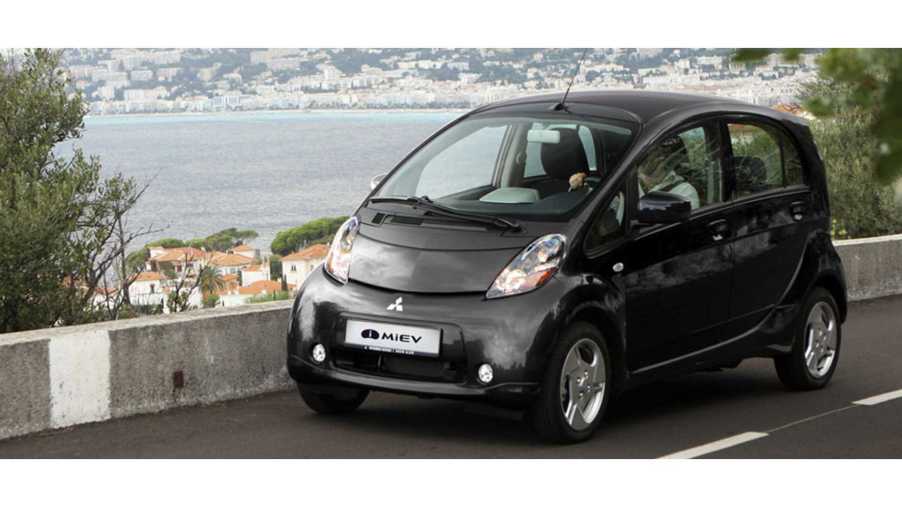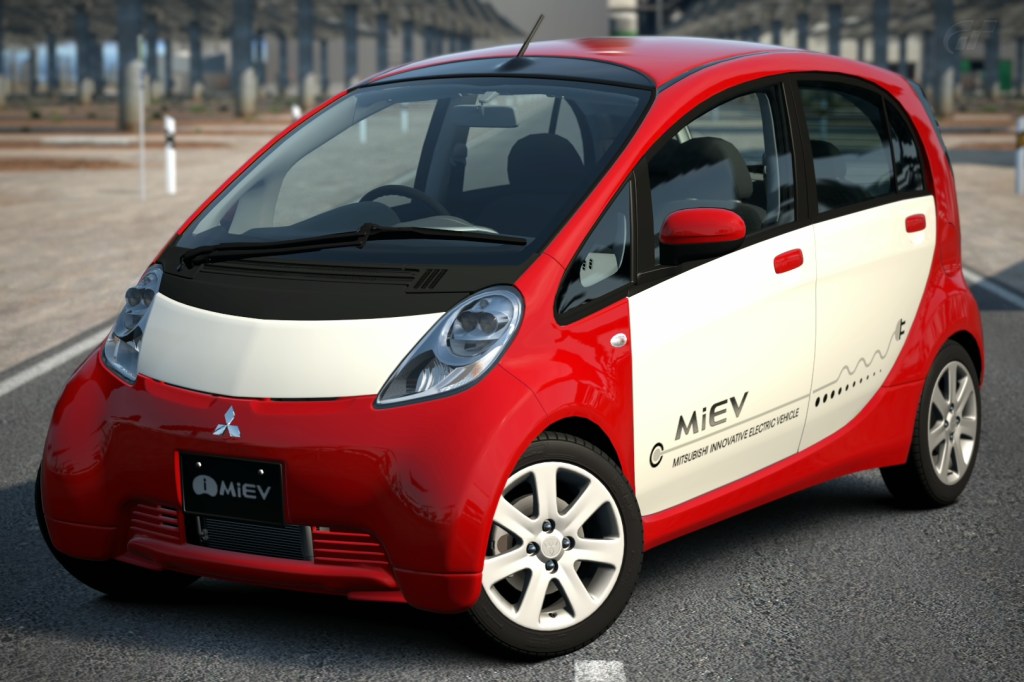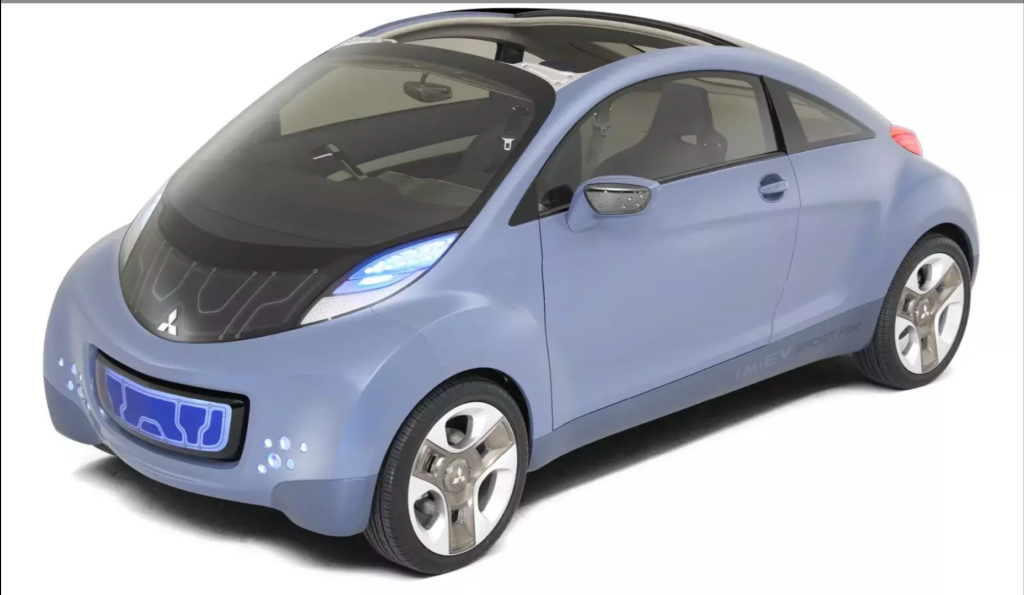
Mitsubishi Kills i-MiEV: Who Knew-Who Cares?
Who knew that Mitsubishi still made the all-electric i-MiEV? More importantly; who cares? Making its debut in 2009 it is amazing that it continued to be produced all of this time. Though it was sold in over 50 countries it only managed to sell 32,000 i-MiEVs. The Nissan Leaf EV, by comparison, has sold over half a million since its debut two years later.
The i-MiEV didn’t make it to our shores until 2011. By 2017, when it was discontinued in the US, it held a number of new lows. The i-MiEV was the slowest accelerating electric vehicle in the US. And, it had the lowest driving range at 62 miles.
Mitsubishi was only able to sell just 2,018 i-MiEVs

In those seven years being sold in the US Mitsubishi was able to sell just 2,018 i-MiEVs. Also at that time it never made any improvements to it. In fact, the small battery, which was a 16 kWh unit, was smaller than some plug-in hybrids. Sadly, it was somewhat of a laughing stock. “We didn’t have enough money and personnel to continue investing in EV development,” a Mitsubishi Motors executive told NikkeiAsia.
While it was a friendly-looking bubble car it was a bit like driving a cartoon fishbowl. It didn’t fare much better in the other countries it was sold in. And it was sold in those other countries as the Peugeot iOn, Citroen C-Zero, and Mitsuoka Like. You could buy one new for around $15,000 after the federal zero-emissions credit was applied in the US.
The i-MiEV might have single-handedly stopped many from getting into the EV wave that is only now just starting to charge up. With the i-MiEV as a symbol of what an electric car was, nobody wanted to associate themselves with an EV as it looked so dorky. With the narrow track, skinny tires, and rigging high it looked ridiculous compared to the American landscape. Maybe in another place at another time it could have been considered “futuristic” but not today.
Mitsubishi has had trouble gaining fans in the US and the i-MiEV didn’t help

Mitsubishi has had trouble gaining fans in the US and the i-MiEV sure didn’t help. Sales across the board are down and there have been rumors that it may bow out of the US. As part of the Nissan/Renault alliance, it is being targeted at certain countries as opposed to selling in every market.
There will be a replacement that is due in 2023. It will probably use components from sister company Nissan. It might also share an identical platform and some sheet metal with it too. But whatever it develops it has learned a valuable lesson with the i-MiEV. And that is to never go in a direction that is similar to the i-MiEV. While commendable for being one of the first EVs it was too small and too compromised to be successful.



